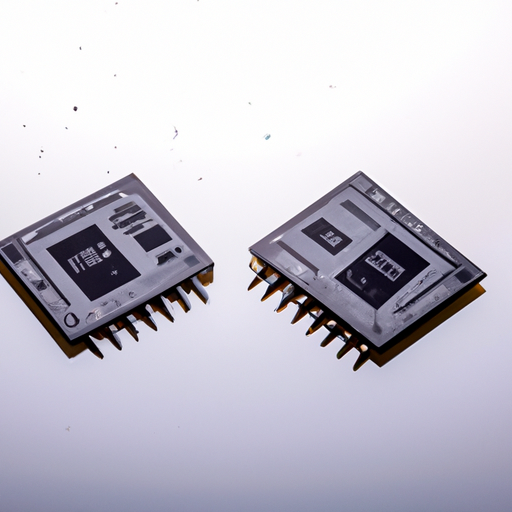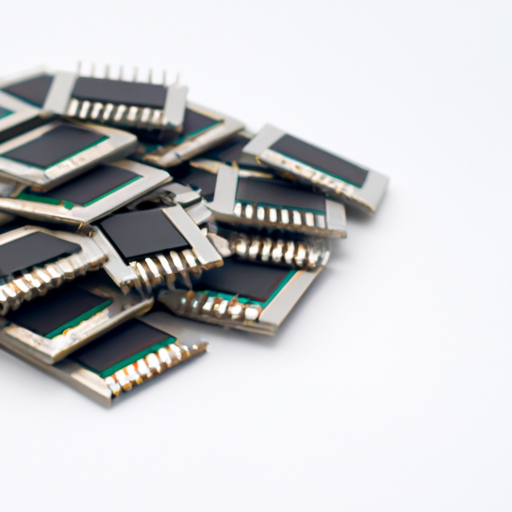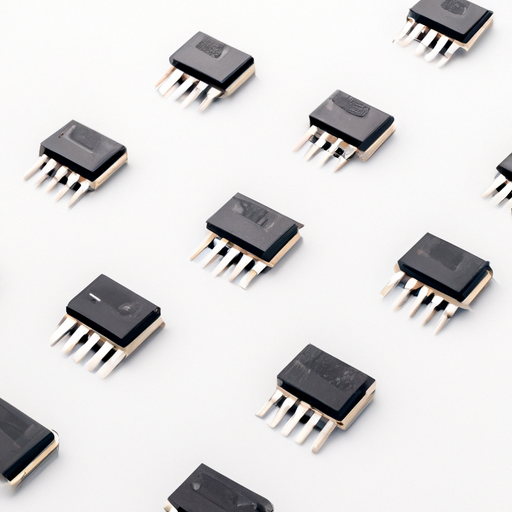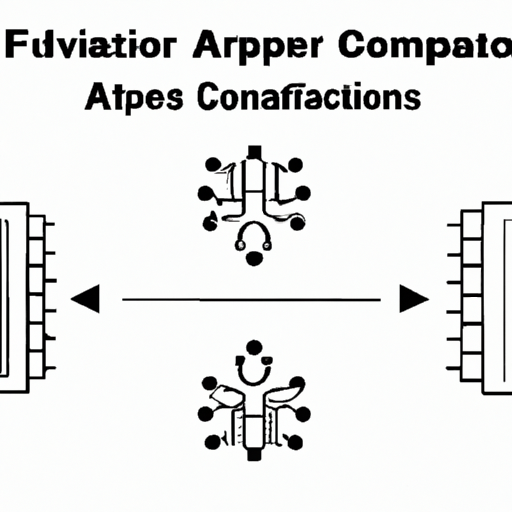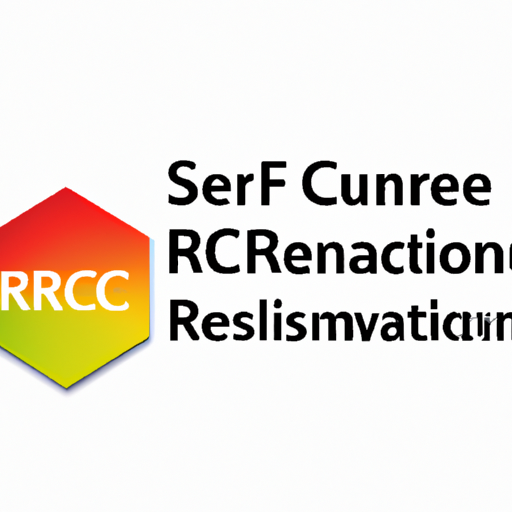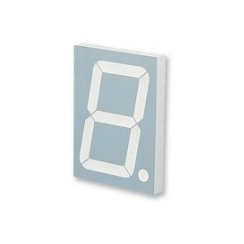CFR-50JB-52-1M6 DIACs, SIDACs highlighting the core functional technology articles and application development cases of DIACs, SIDACs that are effective.
System
May 26
2
Core Functional Technology of DIACs and SIDACs
1. DIAC (Diode for Alternating Current) - **Functionality**: DIACs are semiconductor devices that allow current to flow only after a specific breakdown voltage is reached. They are inherently bidirectional, meaning they can conduct current in both directions once triggered. - **Operation**: The DIAC remains in a non-conductive state until the applied voltage exceeds its breakdown threshold. Once triggered, it switches to a conductive state, allowing current to flow until the voltage drops below a certain level, at which point it turns off. - **Applications**: Common applications include: - **Light Dimmers**: Used to control the brightness of lights by adjusting the phase of the AC waveform. - **Motor Speed Controls**: Employed in fan speed controllers to vary the speed of AC motors. - **Over-Voltage Protection**: Protects circuits from voltage spikes by clamping excess voltage.
2. SIDAC (Silicon Diode for Alternating Current) - **Functionality**: SIDACs are similar to DIACs but are designed to handle higher power levels. They are used for over-voltage protection and as triggers for other devices. - **Operation**: SIDACs have a defined breakdown voltage and can switch on and off, making them suitable for applications requiring precise control of voltage and current. They can handle larger currents and voltages compared to DIACs. - **Applications**: Common applications include: - **Surge Protection Devices**: Protects sensitive electronic components from voltage transients. - **Triggering SCRs**: Used in power control applications to provide precise triggering signals. - **Snubber Circuits**: Protects switching devices from voltage spikes caused by inductive loads.
Application Development Cases
1. Light Dimming Circuits - **Description**: DIACs are integral in light dimmers, where they trigger TRIACs to control the power delivered to incandescent bulbs. - **Effectiveness**: This application allows for smooth dimming without flickering, enhancing user comfort and energy efficiency.
2. Motor Speed Control - **Description**: In fan speed controllers, DIACs adjust the speed of AC motors by controlling the phase angle of the AC waveform. - **Effectiveness**: This results in efficient motor operation, reduced energy consumption, and extended motor life, making it ideal for HVAC systems and household fans.
3. Over-Voltage Protection - **Description**: SIDACs are used in surge protection devices to clamp voltage spikes. When the voltage exceeds a certain threshold, the SIDAC conducts, diverting excess current away from sensitive components. - **Effectiveness**: This application protects electronic devices from damage due to voltage transients, enhancing reliability and longevity, particularly in industrial and consumer electronics.
4. Triggering SCRs in Power Control Applications - **Description**: SIDACs can trigger SCRs in applications such as phase control for heating elements. The SIDAC provides a precise trigger signal based on the AC voltage level. - **Effectiveness**: This allows for accurate control of power delivery, improving efficiency in heating applications, such as in electric stoves and industrial heaters.
5. Snubber Circuits - **Description**: In power electronics, SIDACs are used in snubber circuits to protect switching devices from voltage spikes caused by inductive loads. - **Effectiveness**: This application helps reduce electromagnetic interference (EMI) and prolongs the life of switching devices, making it essential in power supply circuits and motor drives.
Conclusion
DIACs and SIDACs are crucial components in modern power electronics, providing effective solutions for controlling and protecting electrical systems. Their ability to handle AC signals, coupled with their reliability and efficiency, makes them invaluable in various applications ranging from lighting control to motor speed regulation and surge protection. As technology advances, the development of new applications for these devices continues to grow, further enhancing their importance in the field of electronics. Their role in improving energy efficiency and protecting sensitive components will remain significant as industries move towards more sustainable and reliable electrical systems.

